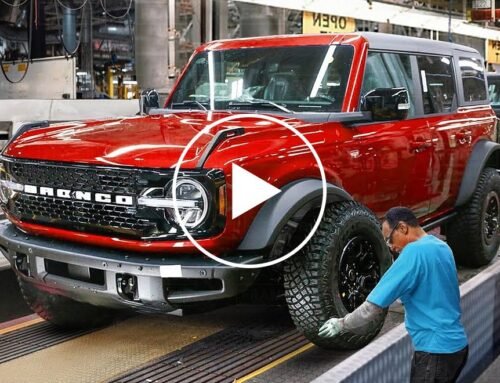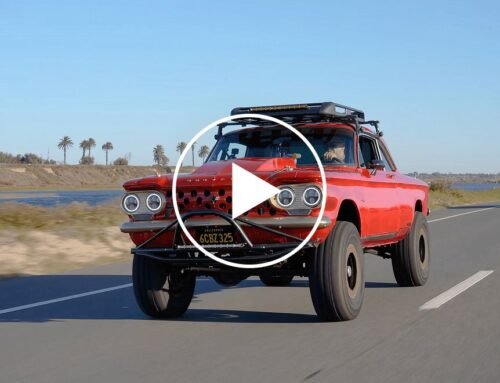This time out of Miami Beach.
Despite increasing competition, Tesla remains the world’s leading producer of EVs and is also at the forefront of autonomous driving technologies. Tesla cars have been making headlines for their ability, or inability, to safely and autonomously pilot their occupants to and fro. After a massive investigation, the US auto safety agency recently announced that claims of sudden unintended acceleration (SUA) incidents by Tesla owners were unfounded, but it seems that some people are still struggling to understand how simple functions such as autopilot and right-foot braking works. A recent incident involving a Tesla Model Y has the owner claiming that the Autopilot system failed to respond in time and caused a rear-end collision with another vehicle.
 Fsacebook
Fsacebook
The incident, which took place in Miami Beach, Florida, was recently shared on the Tesla Model Y Facebook group. According to the person who posted the image, the driver of the Model Y failed to brake in time, causing a pretty serious accident. The driver claims that autopilot was switched on at the time, thus blaming a failure of the autonomous driving tech, but Tesla clearly states that “Autopilot and Full Self-Driving Capability are intended for use with a fully attentive driver, who has their hands on the wheel and is prepared to take over at any moment”.
Details of the accident are unclear, and we’re not certain how fast the car was traveling at the moment of impact, but judging by the pictures, it seems as if this Model Y had to be going at a fair rate to have caused such serious damage. The point is that whether the Autopilot system was engaged or not, it is still the driver’s responsibility to make executive driving decisions, such as braking for a car that you’re clearly going to hit. Good luck with your insurance claim pal.
 Tesla
Tesla
 Tesla
Tesla







